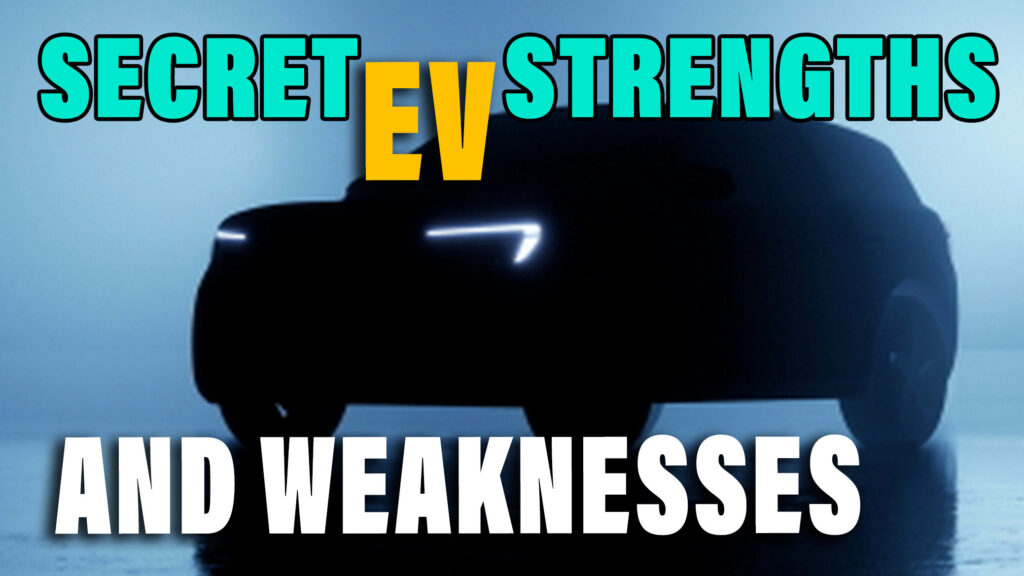A decade into the modern EV revolution we’re all familiar with two tropes, they being that electric cars are faster than gas-powered alternatives, but that much of their accelerative advantage is nixed by a lack of character and aural drama.
But if you’re weighing up whether to make the jump to electric power there’s far more to it than that. EVs have plenty of advantages over combustion cars that rarely seem to get mentioned, and an equal number of downsides, that are also underreported.
The Overlooked EV Upsides
No Warm-Up Needed
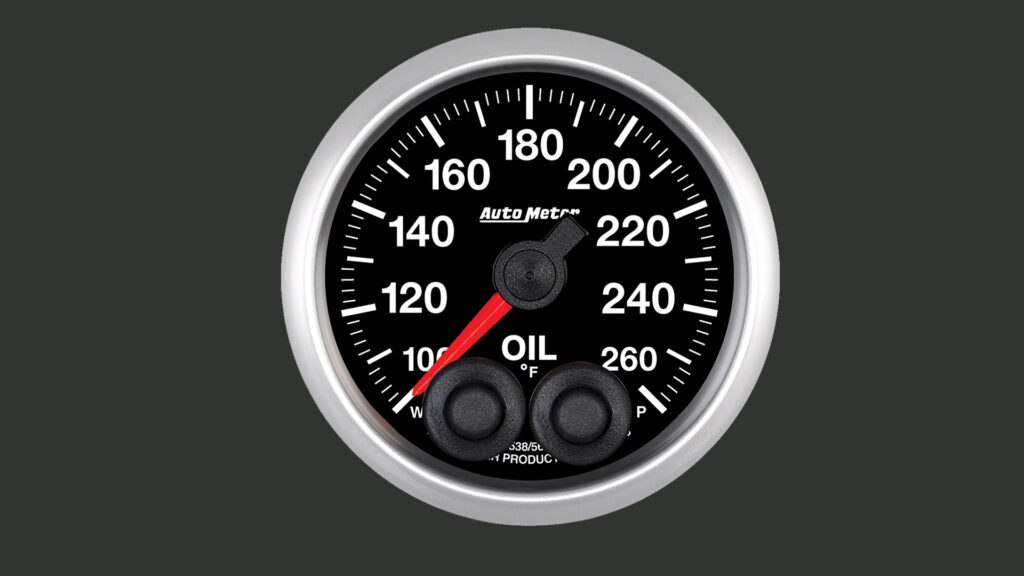
Fifteen minutes. That’s how long it can take your gas-fueled car to warm up after setting off in the morning. Sure, the water warms up pretty quick, but the oil takes a lot longer, and that’s the stuff that matters, because if you care about your engine you need the lube on your side before you start going crazy with the right pedal. And for those of us with short commutes and reasonable willpower that means we might not get a chance to matt the throttle before arriving at work.
But EVs are pretty much good to go from the moment you open the door – unless you’re driving a Tesla Model S Plaid and want to activate Drag Strip mode. Depending on the ambient and car temperature, the Plaid might need to spend up to 10 minutes pre-conditioning its battery before you can attempt one of those infamous 9-second quarter mile runs.
Refinement
EVs get a lot of stick for sounding too quiet and boring and you only have to listen to the Pininfarina Battista at maximum attack in the first few seconds of the clip above to see the point. Zzzzz. But that kind of criticism suggests that every gas car sounds like a Ferrari 458 Speciale, and that every driver would want to be screamed at from under the hood.
The reality is that most cars these days are powered by bland four-cylinder engines that aren’t that interesting to listen to, and your average non-enthusiast buyer would probably happily cut that din out. If you’ve driven an EV you’ll know that the lack of noise and vibration makes them very relaxing to drive, at least until that remaining range figure gets below 30 miles (48 km)…
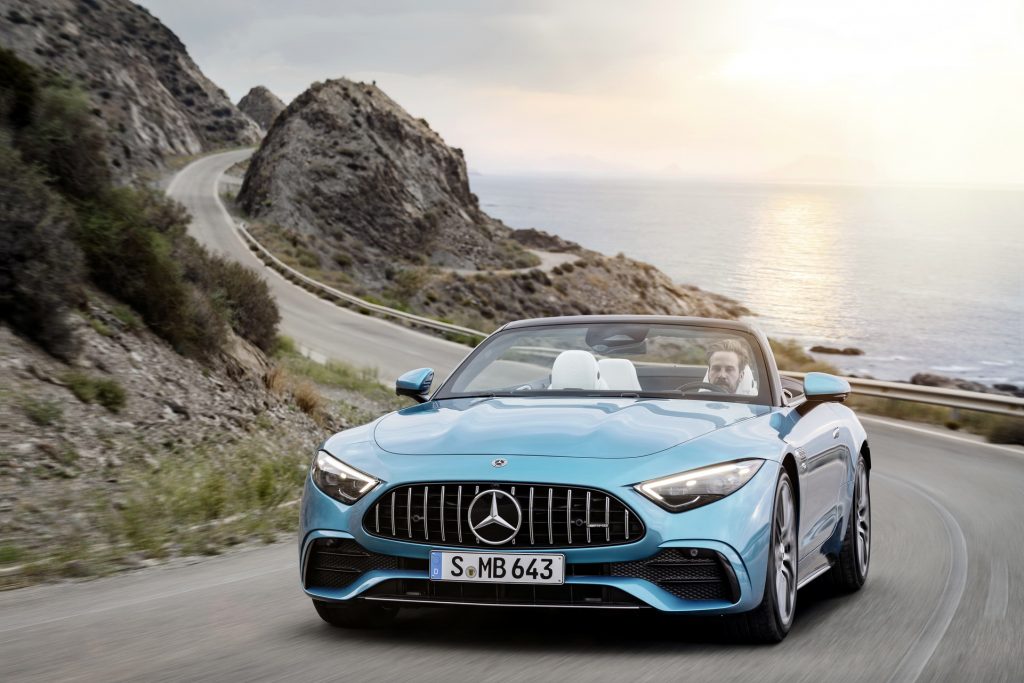
In our experience the engine downsizing trend has had a really detrimental effect on the refinement and luxury feeling we used to enjoy in premium and luxury cars, and switching to EV power is the perfect way for those cars to regain that refinement – even if it’s now a quality shared with cheaper cars like the Chevy Bolt, rather than something that sets them apart.
No Pause For A Downchange
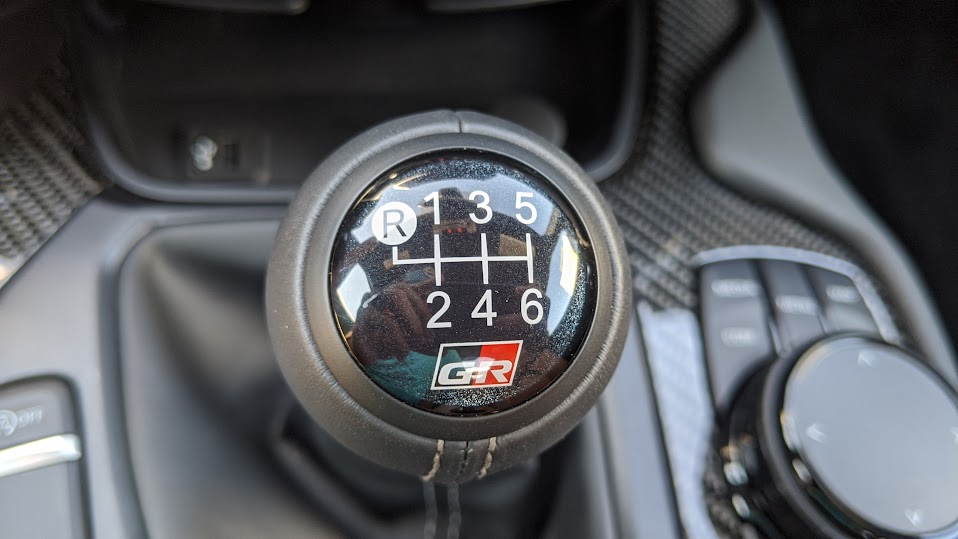
If you drive a new Porsche you might be able to prime your 911 for a big overtaking maneuver by pressing the button in the middle of the driving mode sector, which automatically selects the most suitable gear for a sudden burst of acceleration. But in most modern cars and in most real life situations when you need a surprise jolt of horses to squeeze through a gap, or to catch the dying ember of a green traffic light, you just have to stomp your foot and hope the car kicks down fast enough, or if you’re driving a manual, you need to get stirring that stick.
That’s no a problem for EV drivers. Though some EVs do have more than one ratio, most are fixed, meaning the car accelerates exactly when you want it to, and there’s no wait for turbos to spool up or engines to get on cam.
You Can Drive Quickly When You Shouldn’t
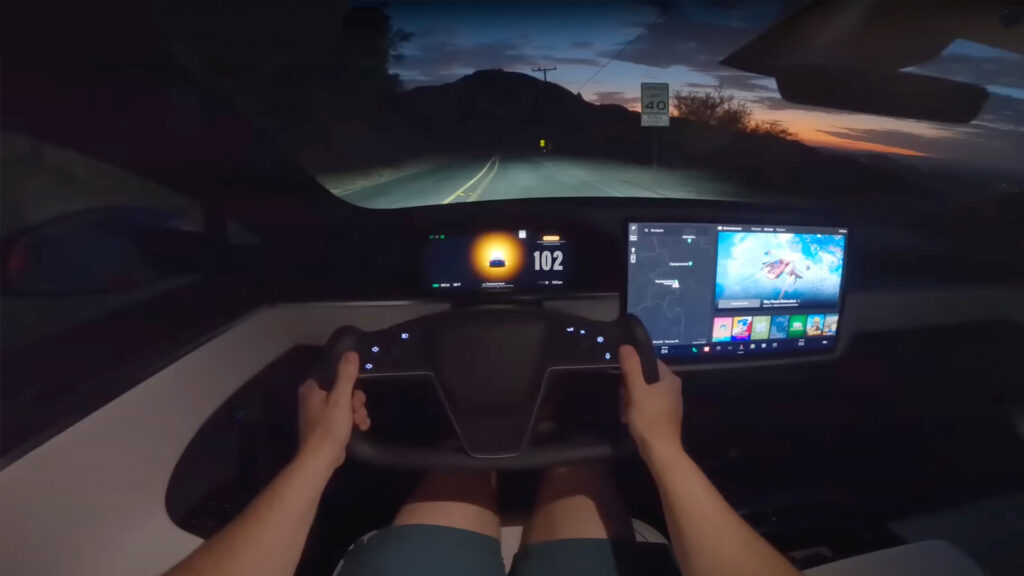
The lack of noise and sensory excitement from most EVs is one of the main reasons why we’d much rather go wild in a 700 hp gas-powered performance car than a near-silent electric one with twice the power. But driving the automotive equivalent of Metal Gear’s Solid Snake can sometimes be extremely useful, allowing you to drive really quickly without drawing attention to yourself. Even the latest hybrid sports cars like the Corvette E-Ray let you sneak away from your house on electric power before firing the gas engine up.
Preferential Parking
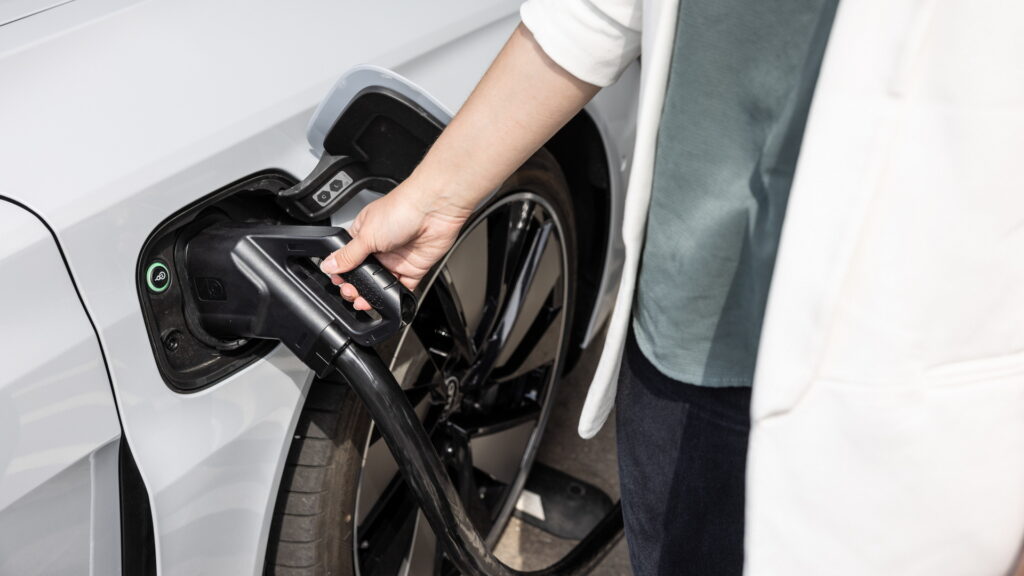
Related: NYC Parking Garage Collapses In Lower Manhattan Leaving 1 Dead And Many Injured
There are definitely exceptions to this one, but we’re increasingly noticing that EV chargers in store parking lots and multi-storey garages seem to be located close to the entrance. In many parkings lots the only drivers who get to park closer are registered disabled. And compared with not having use of your legs, driving an EV doesn’t seem so bad.
The Overlooked EV Negatives
Now we’ve covered some of the less-reported benefits of driving an EV, let’s take a look at some of the downsides.
Range Problem Part 1 – Massively Variable Range Estimations And Charge Times
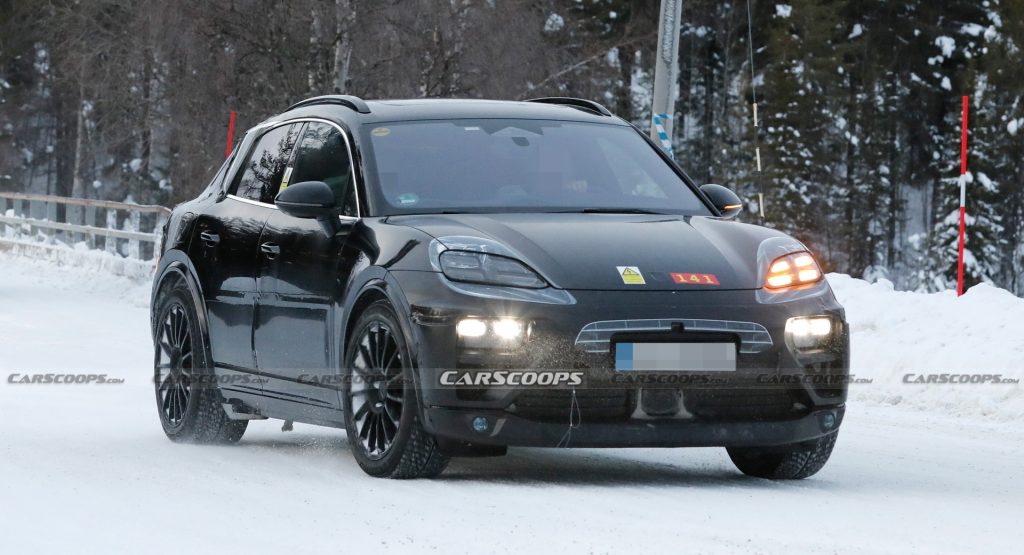
Modern EVs can go much further and charge much faster than the early electric cars of a decade ago, but automakers proudly trumpet range figures and charge speeds for their new EVs as if they’re cast in stone, when they’re anything but. Sure, a combustion car will be less efficient in extremely cold weather and if you’re driving with the lights, wipers, heated seats and air conditioning all switched on, but doing the same in an EV will make a more dramatic difference.
And how much range are you really left with if you follow official recommendations to ensure battery longevity and only charge to 80 percent, then have to start worrying about topping up when you’ve only got 30 miles (48 km) left? The answer is you’ve got perhaps 150 miles (241 km) of practical touring ability in many EVs, which is no better than some motorcycles offer.
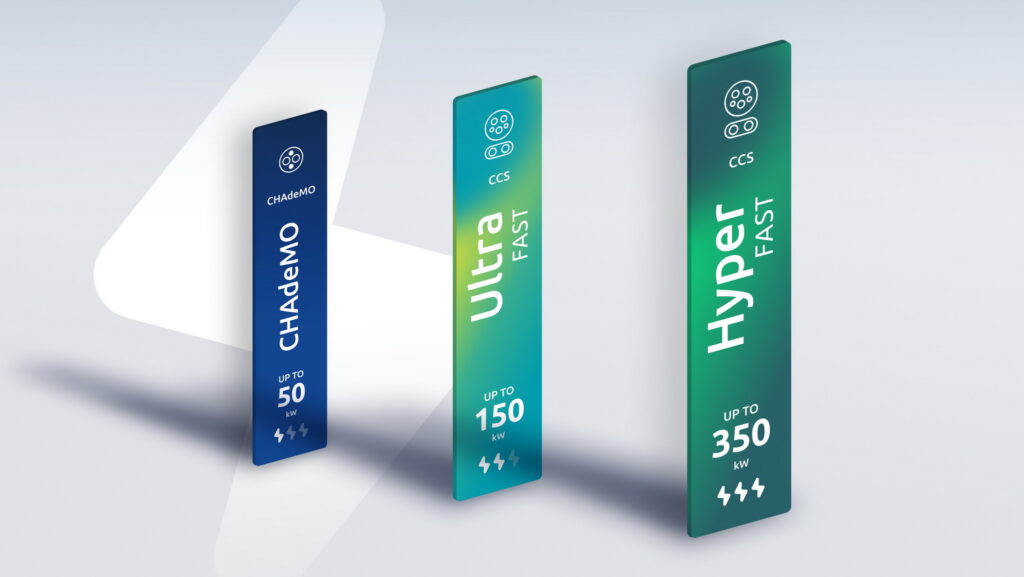
Impressive sub-20-minute charging times are also usually quoted to 80 percent, and from 10 percent, not from empty to full. And then there’s the issue of fast charger availability. With a few exceptions, most gas pumps dispense fuel at broadly the same rate, but while automakers market their cars’ charging speeds based on the maximum rate those cars can take, many of the chargers you come across will be much slower.
Range Problem Part 2 – It Reduces With Age
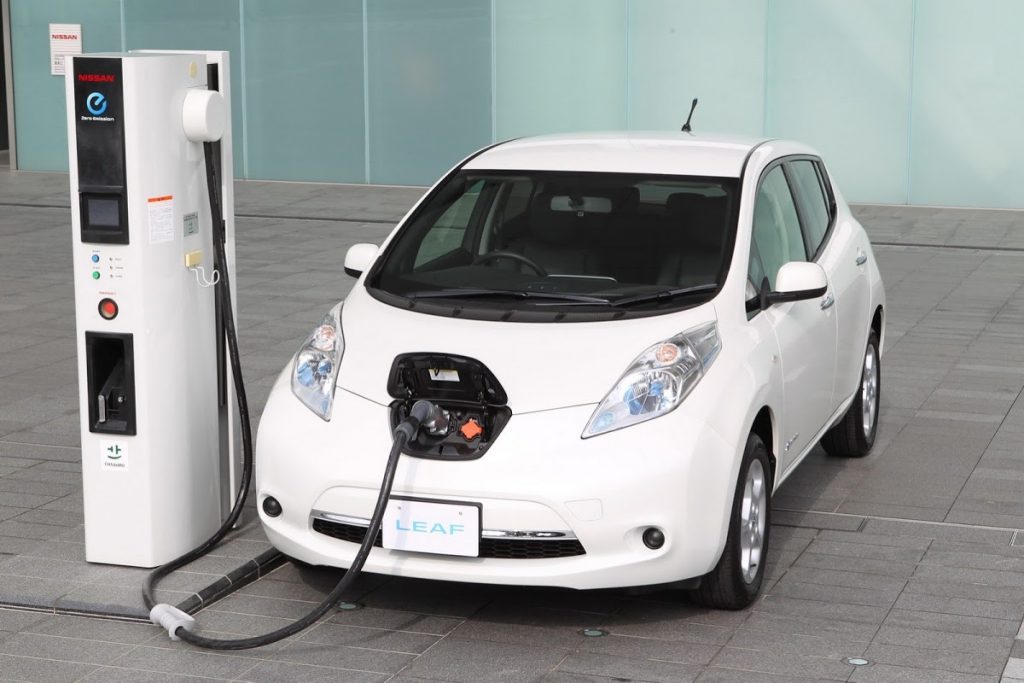
Imagine buying a brand new gasoline-fulled car with a plan to baby it and keep it going for years, only to discover 10 years down the line that its original 350-mile (563 km) range has been cut in half and that it would cost up to $22,000 to reinstate the original range capability. It would be outrageous, but that’s a plausible scenario for some EV buyers. Early Nissan Leafs might now only be able to manage 50 miles (81 km) on a full charge compared with around 100 miles (161 km) when new – but you still need to pay for a full charge to get those 50 miles.
Okay, so most people don’t keep cars that long, and one recent study suggested battery health and range could stabilize and remain the same for years, but only after an initial drop, meaning even people buying brand new will experience a loss of range during their ownership.
The Scales Don’t Lie
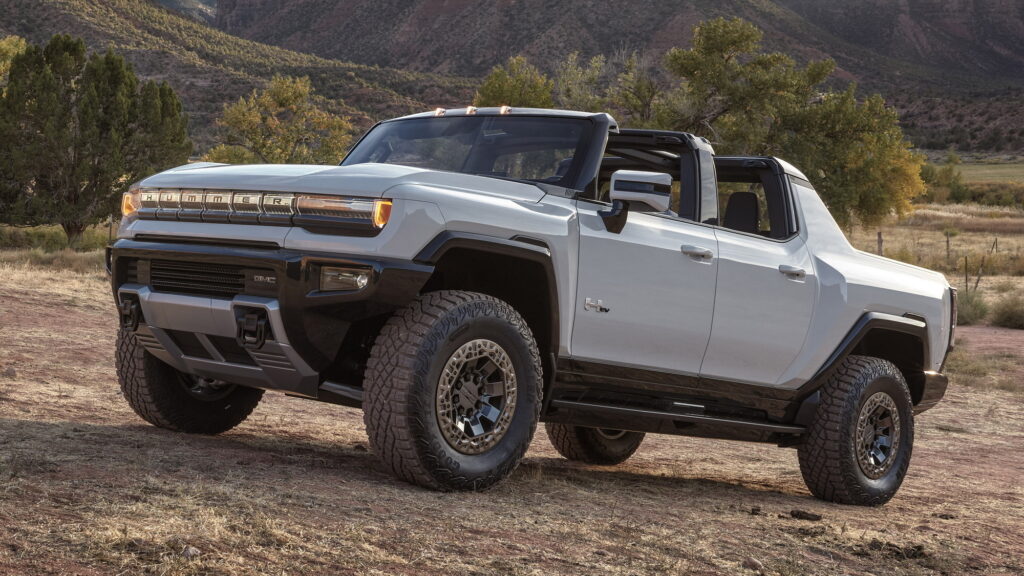
Related: If You Own An EV, You Might Want To Avoid Multi-Story Car Parks
There are plenty of great handling EVs on the market, including the Porsche Taycan and Kia EV6 GT, which is about to get a Hyundai Ioniq 5 N cousin. Having all that battery mass located at floor level and evenly distributed gives electric cars a low center of gravity and often a favorable weight distribution, particularly if you’re looking at single-motor EVs where that motor is at the back. But it’s much more difficulty to disguise all that mass when it comes to slowing down, which hurts the driving experience and also risks hurting anyone you crash into while driving one. And while we’re on the subject of brakes, all that regen witchcraft often interferes with pedal feel.
Energy Savings Can Be Marginal
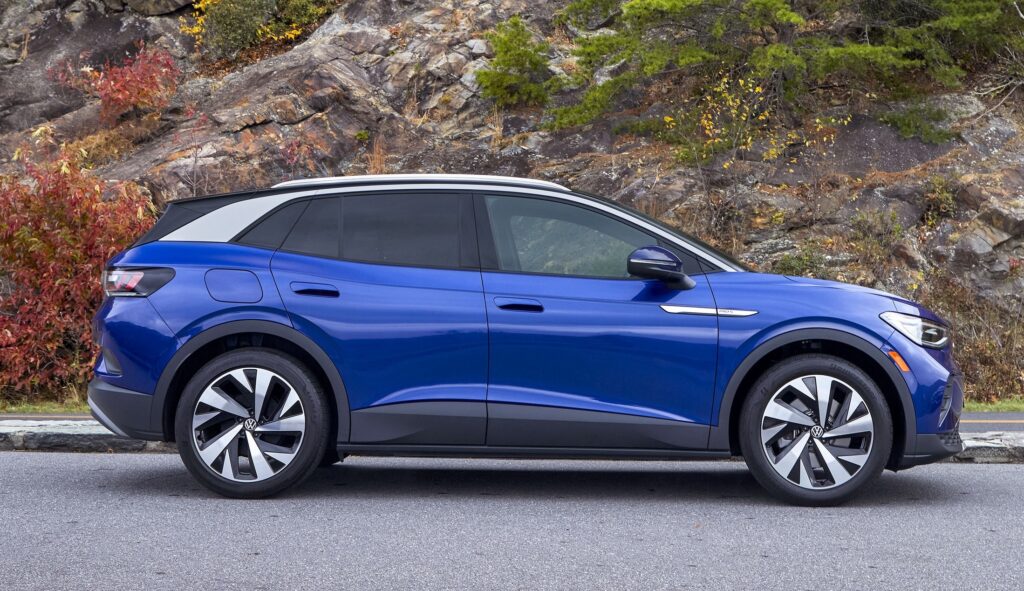
We’ve mentioned that range and charging times can vary wildly, but so can running costs depending on where you live in the country and whether you charge your EV at home or on the road.
The current average price of a single kWh of electricity in the U.S. is $0.168 according to the Bureau of Labor Statistics, which would put the cost of fully charging a VW ID.4 with 77 kWh of useable battery capacity at around $13. The RWD version of the ID.4 Pro has an EPA range of 280 miles meaning you’ll pay $0.05 for every mile presuming you can match that official range figure.
That’s wallet-friendly motoring, but now let’s imagine you don’t have a charging facility at home and fill your ID.4’s battery at one of Electrify America’s fast chargers. AE’s rapid juice costs $0.36 per kWh, making the cost to fill just under $28, and equating to $0.1 per mile.
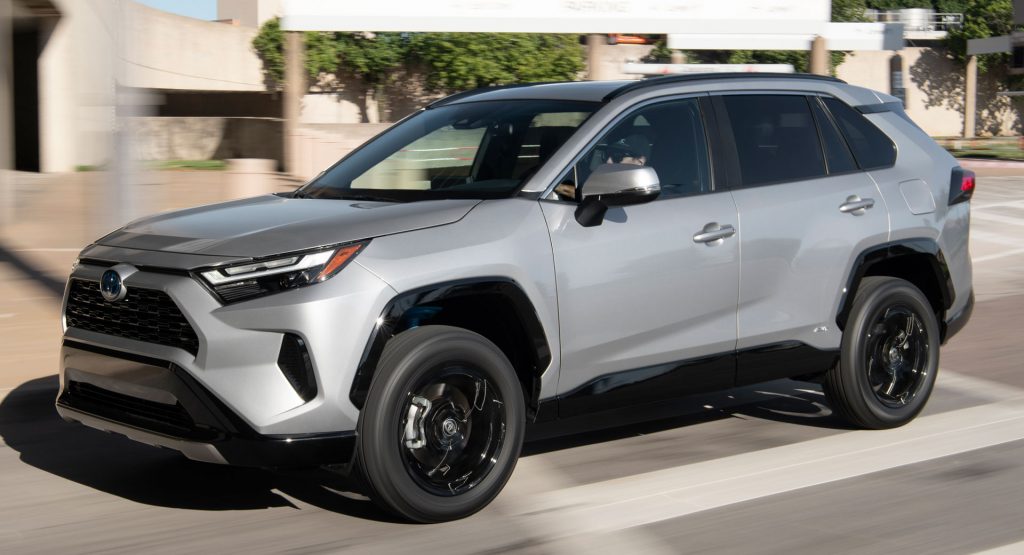
Now let’s compare that with a Toyota RAV4 Hybrid. The RAV XSE is rated at 40 mpg, which we’ll assume is more like 37 real mpg, and has a 14.5 gallon tank. At the current average U.S. fuel price of $3.684 for a gallon of regular it would cost $53.42 to fill. That’s almost double the cost to “fill” the VW, but the Toyota has a huge driving range of 537 miles (864 km), so the cost per mile is…$0.1, the same as for an ID.4 using public chargers.
Some EVs Are Downright Slow
You know how everyone seems to think every vintage Ford Mustang was a tire-shedding drag strip beast when in fact many were milquetoast sixes that needed 15 seconds to hit 60 mph (96 km/h) and even some of the V8s struggled to get into single figures? The Tesla effect means most people have the same view of electric cars. And it’s true to an extent, because the most basic single-motor Tesla is a rapid device, the Plaids are downright indecent and electric cars are generally pretty quick. But not all EVs can show a supercar a clean pair of taillights.
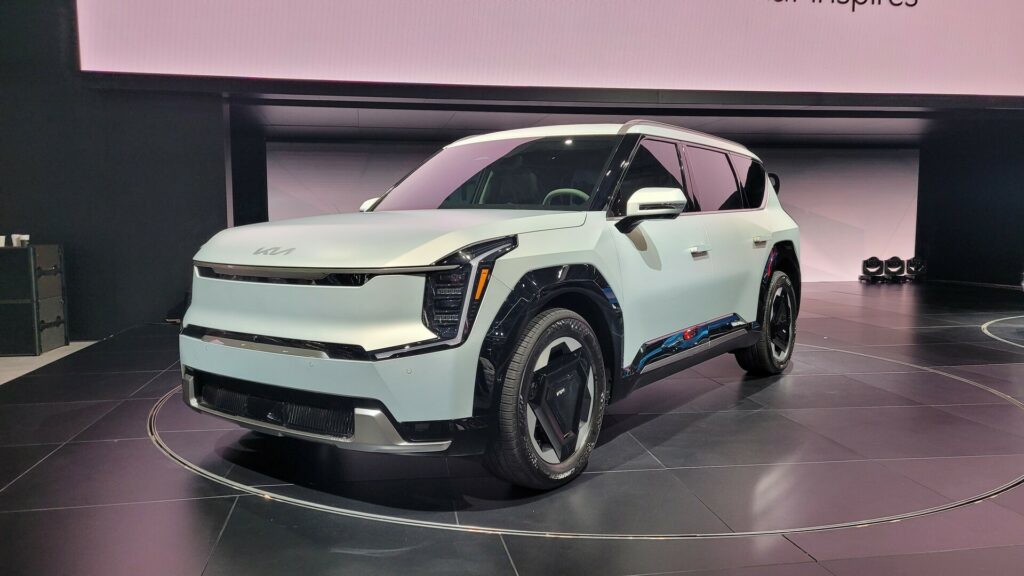
Related: 19.1 Seconds For 60 MPH? Even These 7 Dog-Slow Old Cars Are Faster Than A New Dacia Spring EV
The entry-level VW ID.4 sold in Europe makes 148 hp (150 PS) and needs 10.9 seconds to reach 62 mph (100 kmh), while Peugeot’s new e-308 requires 9 seconds. EVs tend to be speedier in the U.S. but we still did a double take when Kia said the new EV9 SUV was a 9-second machine and we realized it wasn’t talking about quarter-mile numbers. Still, that’s more than twice as speedy as Dacia’s 44 hp (45 PS) Spring, whose 19-second effort would be trashed by even the most lethargic 1960s Mustang could beat.
Can you think of any other EV positives and negatives that don’t get as much exposure as they should? Drop a comment down below with your suggestions.




